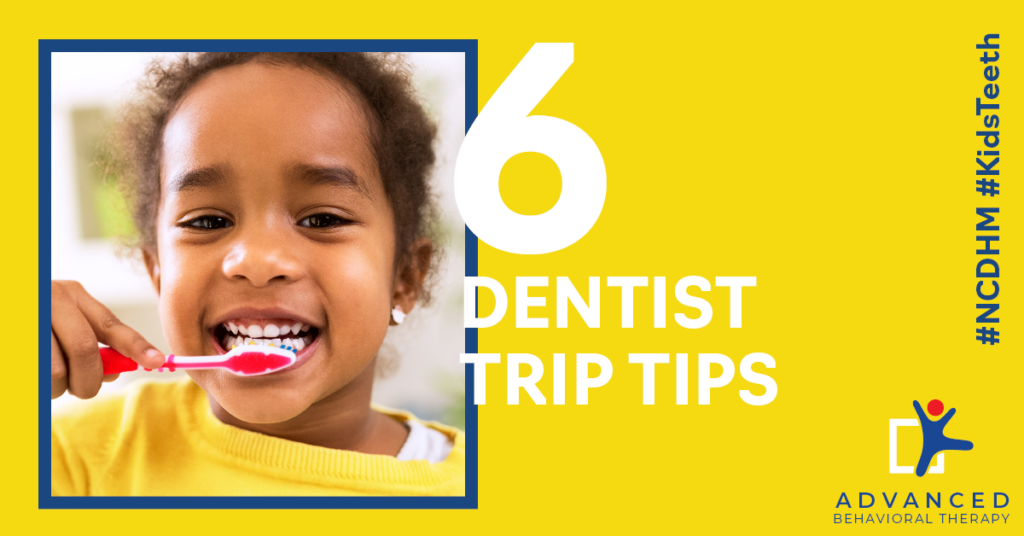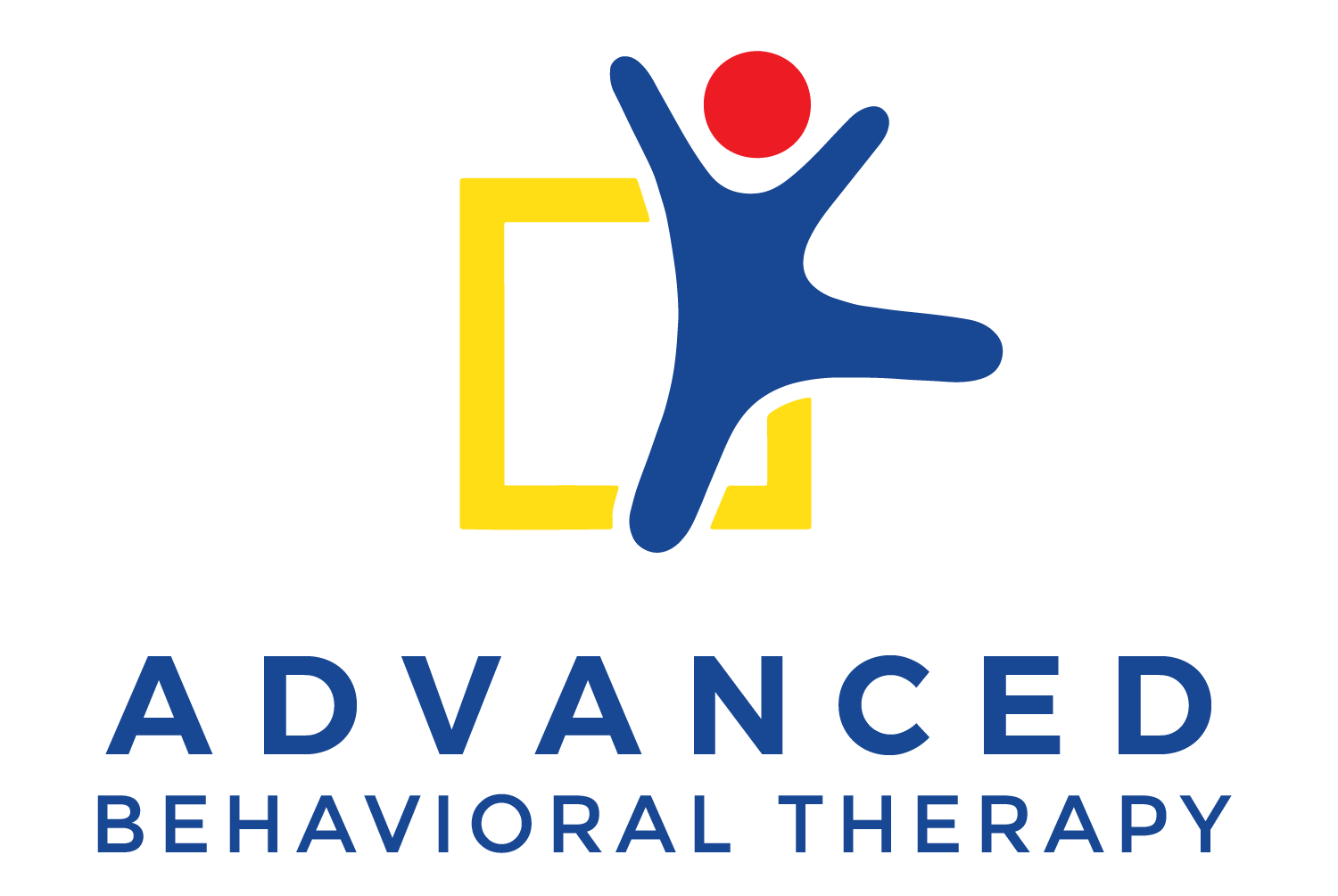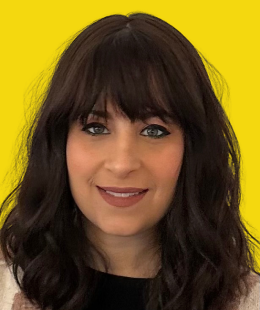
Children on the autism spectrum can find it challenging to visit the dentist. The child is likely unfamiliar with the dentist they may see only twice a year, and the strange surroundings, smells and sights can trigger a meltdown. Fortunately, there are steps you can take to make your child’s visit to the dentist as stress-free as possible.
Below, we’ve outlined six tips and tricks to help make your child’s next dentist appointment smooth and comfortable.
1. Find the right dentist
It’s best to find a dentist who has experience working with children with autism or other disabilities. This way, the dentist will know how to deal with your child and will be comfortable addressing your child’s unique needs. In addition, the staff at the office will be equipped to treat your child in the best way possible. Finally, the office itself may be designed in a way that is the least stressful for a child on the spectrum, with sensory toys, a trigger-free waiting area, and an overall calm atmosphere which can help your child to relax.
Whether you choose a dentist who works with children who have ASD or not, it’s a good idea to talk to your dentist about your child’s specific needs and challenges before the appointment.
2. Prepare your child
As always, you’ll want to prep your child for the unfamiliar experience as best as you can. Talk to your child in the weeks and days leading up to the appointment, and let them know exactly what to expect. You can show your child a picture of the dentist and the staff at the office so they are somewhat familiar to your child. If you’re still anxious about your child having a difficult time at the appointment, you can play dentist at home with actual dental instruments before the visit. Let your child touch and hold the instruments and practice a dental exam on your child if they’ll allow it. Role-playing the dental appointment before you actually go helps to normalize the new experience for your child and lets them know what to expect.
Some dentists allow patients with ASD to tour the office before their appointment. This can be a great way to ease your child’s anxiety and make the actual visit as smooth as possible. Talk to your dentist about scheduling a tour in the weeks before your appointment.
3. Create a social story
In the days leading up to the appointment, a social story, also known as a visual schedule, can be super-helpful in preparing your child for the new sights, sounds and sensations they will encounter at the dentist’s office. A social story breaks down the sequence of events your child will experience to help ease their anxiety and to make the routine familiar to them. Each step in the social story can be accompanied by a photo, which can be especially helpful to your child.
Here’s a sample social story for a visit to the dentist:
• We will be visiting the dentist tomorrow to make sure my teeth and mouth are clean, strong and healthy.
• We will need to wear masks in the dentist’s office because of the coronavirus.
• We’ll walk into the office and tell our names to the people at the front desk.
• We will wait for my turn in a waiting room. Until they call my name, we’ll play games, watch TV and read.
• The hygienist will call my name and walk with me to a room with a special chair.
• The special chair will move up and down and lean back so the dentist can look into my mouth.
• When I sit in the chair, I’ll keep my hands on my belly and put my legs and feet straight out in front of me.
• When the dentist tells me to “Open wide” or “Say ah,” I’ll open my mouth as wide as I can.
• There will be a bright light on top of the chair so the dentist can see inside my mouth. If the light hurts my eyes, I can ask for a pair of special sunglasses, or I can close my eyes.
• The dentist will count my teeth with a special mirror. It may tickle a little but it won’t hurt.
• The dentist will take special pictures of my teeth called X-Rays. I will have to wear a heavy apron to take these pictures.
• The dentist will clean my teeth with special tools.
• When all my teeth are clean, I will spit into a tiny sink near the chair.
• The dentist will give me a special bag with a new toothbrush and toothpaste.
• I’ll get a special prize when my appointment is over and I’m ready to leave the office.
4. Make your child as comfortable as possible
In addition to mentally preparing your child for the visit, you’ll want to ensure that your child is as comfortable as possible at the dentist. You can bring along your child’s favorite blanket or fidget toy for them to hold at the dentist. A small sensory ball can easily be held while your child’s teeth are being examined and can do wonders to relax your child.
5. Take frequent breaks during the appointment
If your child experiences sensory overload from the movement, lights and sounds in the dentist office, allow them to take a break from the appointment by stepping outside for a bit. Let your child take deep, calming breaths or have them take a quick walk or jog down the block. A few minutes away from all the lights and sounds can help your child relax.
6. Brush with care
Brushing teeth on a regular basis is the foundation of dental health, and an upcoming visit to the dentist is the perfect time to perfect your child’s tooth-brushing routine. If your child is sensory-seeking, consider using an electric toothbrush for additional stimulation that can make this habit more comfortable. If your child is sensory-avoidant, use unflavored toothpaste and a soft-bristled toothbrush for minimal discomfort.
A visit to the dentist can be triggering to a child with ASD, but with sufficient preparation using the tips listed above, you can help to make the visit comfortable and smooth.









